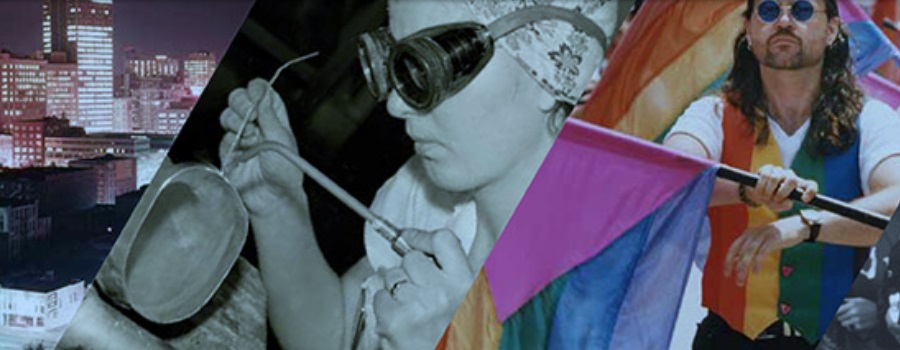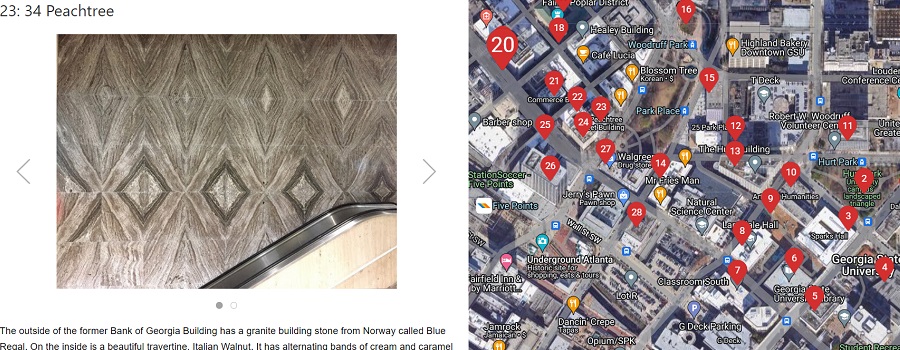Tag: Georgia State University
Historic Harlots of Old Atlanta
Digital tour of the rise and fall of the bawdy brothels that lined Downtown Atlanta’s Collins Street from the late 1800s to the early 1900s—showcasing...
Read More

Streetscape Palimpsest: A History of Georgia Avenue
Digital project that investigates the history of Georgia Avenue, which once served as an important commercial thoroughfare in the neighborhoods south of downtown Atlanta, and...
Read More

Atlanta Sit-Ins, 1961-1964
Beginning in 1960, the Atlanta sit-in movement took over the downtown area of the city. Follow this tour to see where student activists conducted their...
Read More

Bridging Communities: 50 Years of Collecting at Georgia State University
Founded in 1913, Georgia State University grew as it supported the educational needs of Atlanta and the state of Georgia. Originally an evening program intended...
Read More

Atlanta Geology Walking Tour
Granite, limestone, and marble building stones are found in a 20-block area that is centered around the beginning of Peachtree Street. These three commercial types...
Read More

Kell Hall: Capturing the Legacy
Originally built in 1925 as one of the first parking garages in the city, the Ivy Street Garage was renovated and opened to students in...
Read More
 Georgia State University Library
Georgia State University Library
